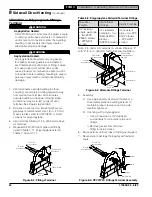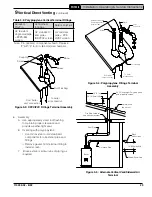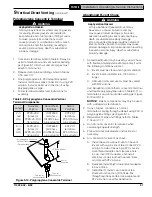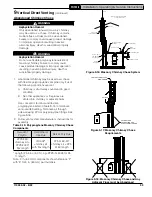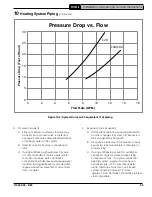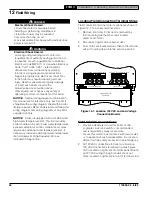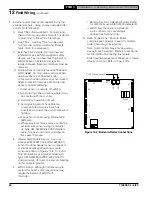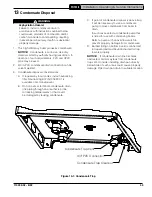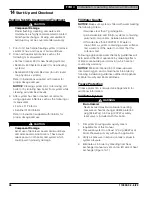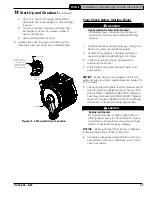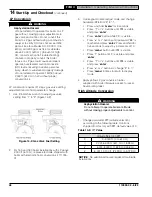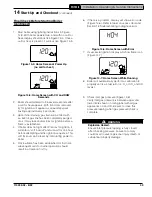
37
110332-02 - 6/22
PHTM II
Installation, Operating & Service Instructions
Tee & Plug
(Recommended for future
Heat Exchanger service)
Circulator
Drain Valve
Unions
Full Port Isolation Valves
From
System
Dirt & Magnetic Filter
(highly recommended)
A
B
Hydraulic Separator
may be substituted
for tees
Close Nipple
(locate Header Sensor
as close as possible
to downstream tee)
Air Separator
Expansion Tank
Fill Valve
Backflow
Preventer
Cold
Water
Line
Header Temperature
Sensor
(when used)
To
System
Flow Check
Valves
Optional Full Port
Isolation Valves
Heating
Circulators
Optional Full Port
Isolation Valves
To
System
A. At least eight pipe diameters upstream of first tee.
B. No further apart than 12" (305mm) (or four pipe diameters),
whichever is smaller.
System
Zone
Valves
Heating System
Circulator
Optional Zone Valve
Controlled System
REVISIONS
REV.
EN
DATE
DESCRIPTION
DWN
CHK
APVD
TITLE:
FIRST USE:
ITEM NUMBER:
MATERIAL:
ALTA
NEAR BOILER PIPING PRIMARY-SECONDARY
HEAT ONLY
DES: EJL
CHK:
APVD:
SCALE: 1:15
SIZE: B
SHEET: 1 OF 1
DATE:
REVISION:
DRAWING NUMBER:
09/09/2021
TS-103-65
A
UNLESS OTHERWISE NOTED: ALL DIMENSIONS IN INCHES.
TOLERANCES:
X.X ±.1 X.XXX ±.005 X.XX ±.03 ANGLE ±1°
PROPERTY OF
U.S. Boiler Company, Inc.
LANCASTER, PA
THIRD ANGLE PROJECTION
THIS DOCUMENT CONTAINS CONFIDENTIAL INFORMATION AND ITS CONTENTS ARE THE SOLE PROPERTY OF U.S. BOILER COMPANY, INC. ANY REPRODUCTION IN PART OR AS A WHOLE WITHOUT THE WRITTEN PERMISSION OF U.S. BOILER COMPANY, INC. IS STRICTLY PROHIBITED.
A
A
B
B
4
4
3
3
2
2
1
1
10
Heating System Piping
(continued)
NO
TICE
: Installer is r
esponsible for piping configurations to pr
ovide pr
oper flow rates and
meet local codes.
NO
TICE
: Primar
y-secondar
y piping is r
equir
ed.
C
A
UTION
Bur
n
Hazar
d.
P
roper
ty
Dama
g
e.
Under some conditions this boiler can deliver water to heating system that is significantly higher than boiler setpoint. Wher
e such overheat could cause personal injur
y or pr
oper
ty
damage (e.g. low temperatur
e radiant floor zones), pr
otect system fr
om excessive
temperatur
es using tempering valves or other means.
!
Figur
e 1
0-3:
Heating S
yst
em Piping


